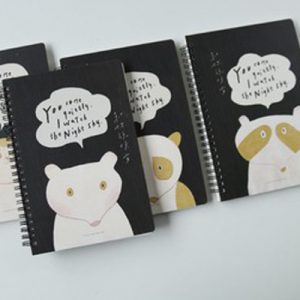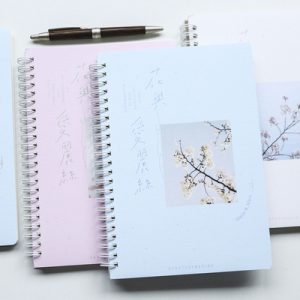Key points: How to choose different printing methods? Packaging printing has the following main printing methods, such as letterpress printing, offset (offset) printing, gravure printing, screen printing and flexographic printing.
First of all, we need to understand the applicability of printing and post-press processing
In packaging printing, on the one hand, different printing materials and different printing plates. Different inks have different printing suitability; on the other hand, in order to protect the printed surface, improve its surface gloss, and obtain special visual effects, various processes are often required after printing: such as glazing and laminating , Bronzing, creasing, die-cutting and other post-printing treatments. Therefore, it is necessary to have a comprehensive understanding of the applicability of printing and post-press processing, and constantly summarize and accumulate experience. The following Shanghai Printing Factory-Junyue Printing will explain the printing methods one by one:
The diversity of substrates determines that packaging printing has good adaptability to various printing methods.
So far, packaging printing has the following main printing methods, such as letterpress printing, offset (offset) printing, gravure printing, screen printing and flexographic printing. In order to obtain high-quality and inexpensive packaging printed matter, a reasonable choice of printing methods is particularly important.
1. Letterpress printing
Main features: clear graphics, suitable for packaging and printing of line originals, thick ink and bright colors.
Application examples: trademarks, packaging paper and packaging cartons, self-adhesive printing, etc. At present, it is mostly used for small-format parts printing.
2. Offset (offset) printing
Main features: clear dots, rich layer recognition, good color reproduction, and a wide range of applications.
Application examples: commercial printing of samples, letter paper and envelopes, advertising, trademark printing, handbags, packaging gift boxes, etc.
Three, gravure printing
Main features: thick ink layer, three-dimensional effect, distinct layers, suitable for printing on flexible packaging materials.
Application examples: various plastic films, composite paper bags, wallpaper and building materials printing, etc.
Fourth, screen printing
Main features: The ink layer is thick, heavy, and durable, suitable for printing on various substrates and moldings.
Application examples: printing on paper, cardboard, fabrics and various packaging containers.
Five, flexographic printing
Main features: Suitable for all kinds of printing materials, good results can be obtained for all kinds of line manuscripts and general dot printing, and the cost is relatively low.
Application examples: flexible packaging printing, label printing, corrugated board printing, packaging carton printing, widely used in medicine and food packaging printing.
All in all, the main function of printing is to beautify and publicize products for the purpose of promoting sales, increasing sales value and brand effect. Therefore, the quality of packaging and printing products is particularly important. In order to maximize the quality of printing, the first thing to do is to choose a suitable printing method to adapt to new technologies, new processes, and new materials, so that the quality of printing is always in the leading position.














